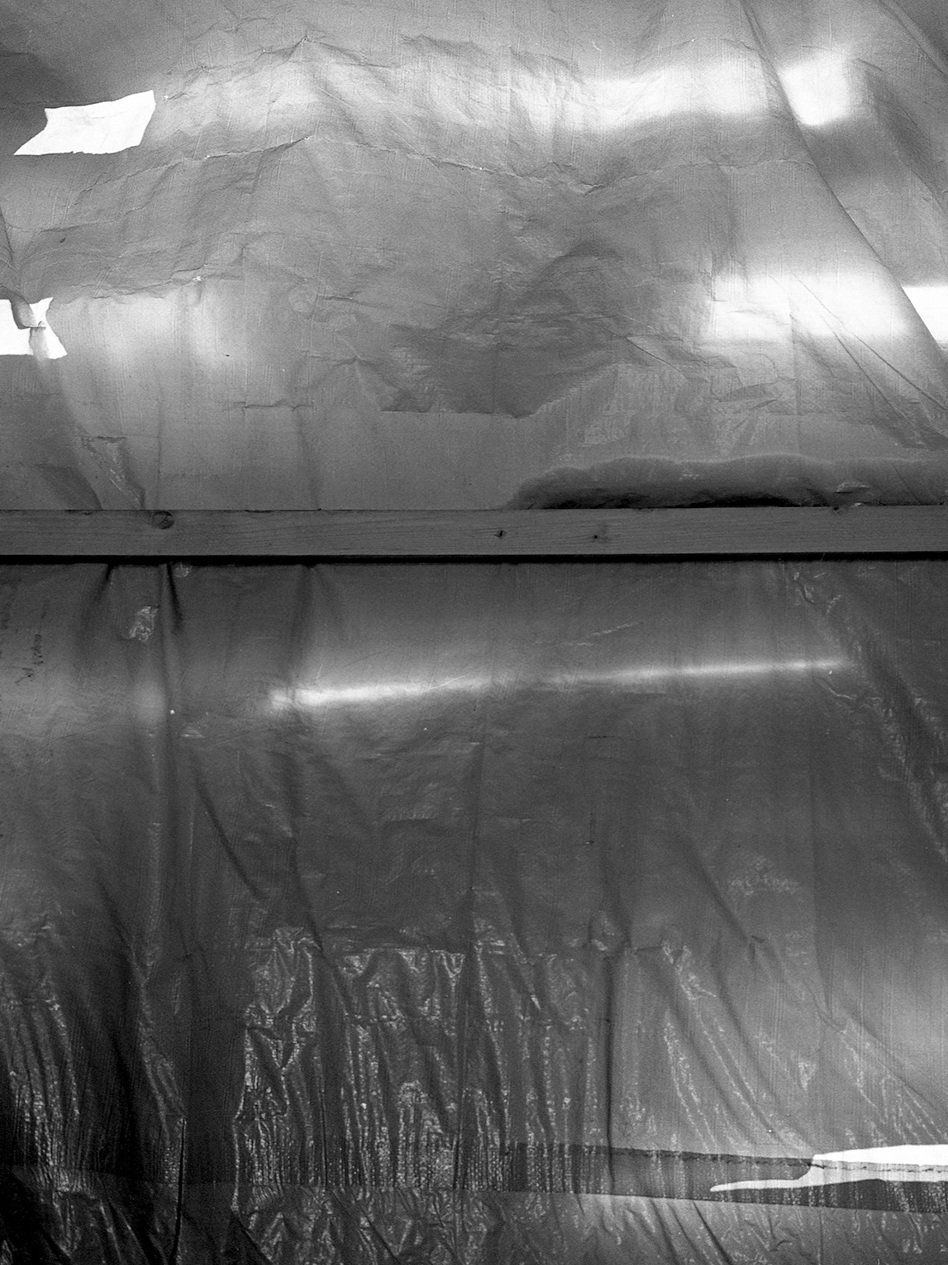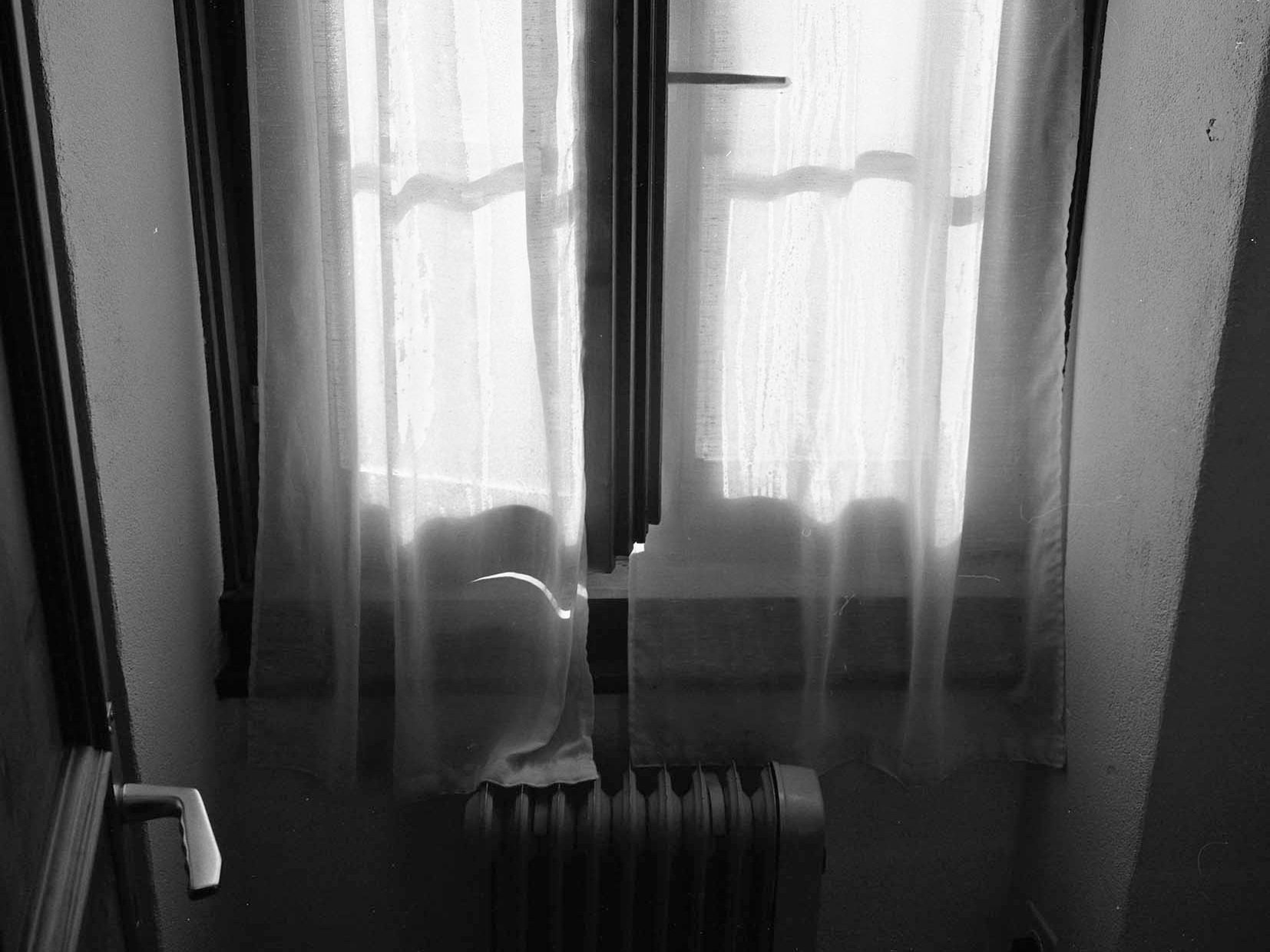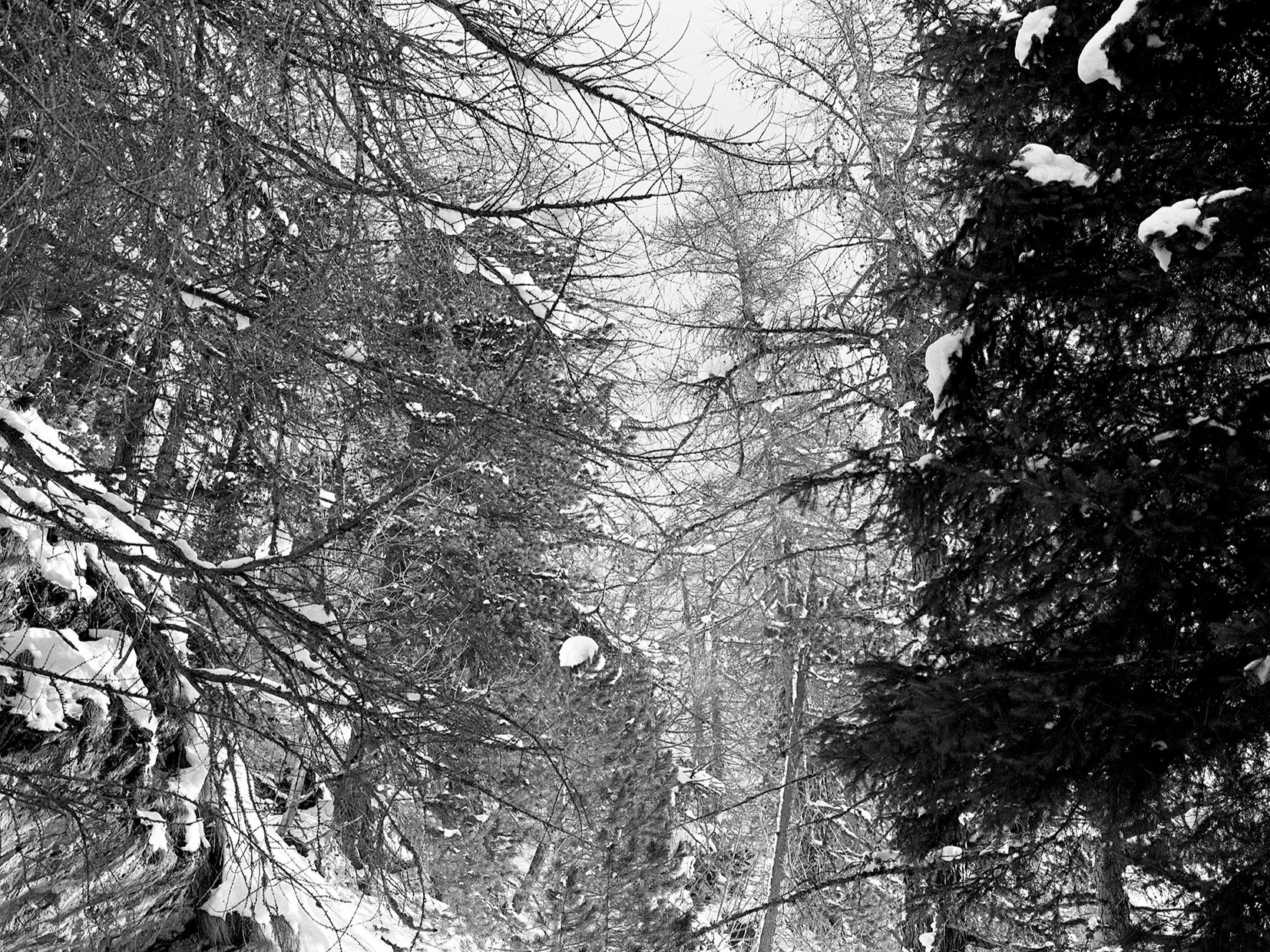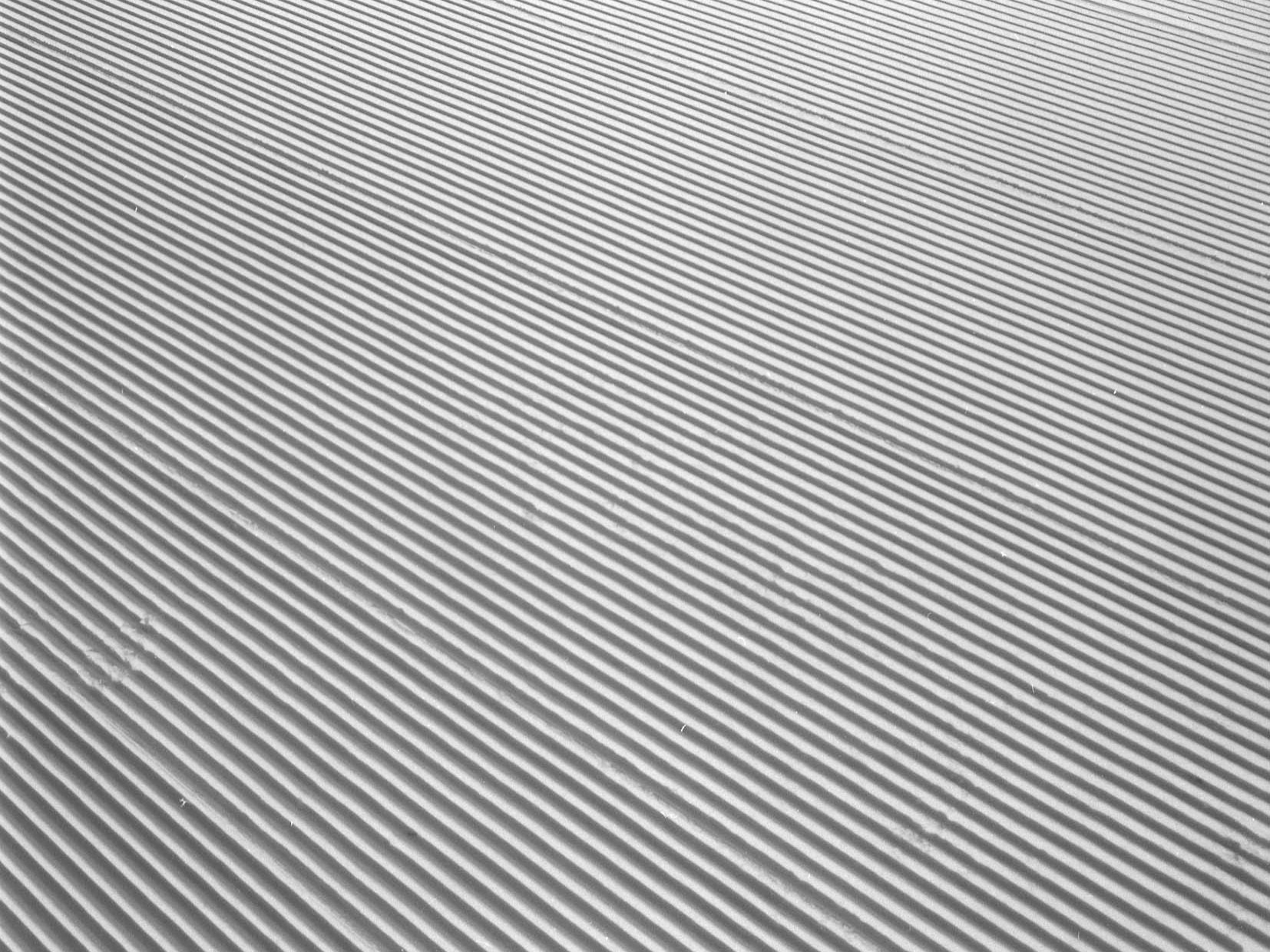Beyond Man & Time
In 1881 acclaimed German philosopher Friedrich Nietzsche visited the village of Sils-Maria in Switzerland. Situated in the Engadin region, Sils Maria is located beside a vast stretch of lake and mountains making for a distinct landscape setting. In August 1881 Nietzsche, a solitary wanderer, came across an immense pyramidal rock which triggered a major idea relating to the eternal recurrence of the same and a meaning toward the purpose of human existence (and a godless but cyclical universe). Moreover, it was in Sils Maria (a place where the philosopher rented a room in the two-floor whitewashed building) where Nietzsche elated over this concept of both metaphysical and ethical importance. In Nietzsche’s publication Thus Spoke Zarathustra (1885) the author’s the main character (Zarathustra) leaves his home and retreats into the mountains hoping to find enlightenment. Here the author describes the setting as ‘6000 feet beyond man and time’, and a setting that he remains for ten years in solitude growing into an enigma of man and existence. In his richly insightful book Nietzsche offers a penetrating examination of the eternal recurrence and a complex biopsychological makeup that alternated between healthy lucidity and crushing delirium; especially the philosopher’s bouts of debilitating migraine attacks (among other illnesses). It was the landscape of Sils Maria that Nietzsche’s pivotal experience, and subsequent interpretation of reality, as the circular structure of eternal time. The work Beyond Man & Time reflects the juxtaposition between the physical appearance of the vast landscape with the solitude and enigma of existence. Presenting a visual record of Nietzsche’s wanderings and a depiction of the present location and modernity of Sils Maria.














